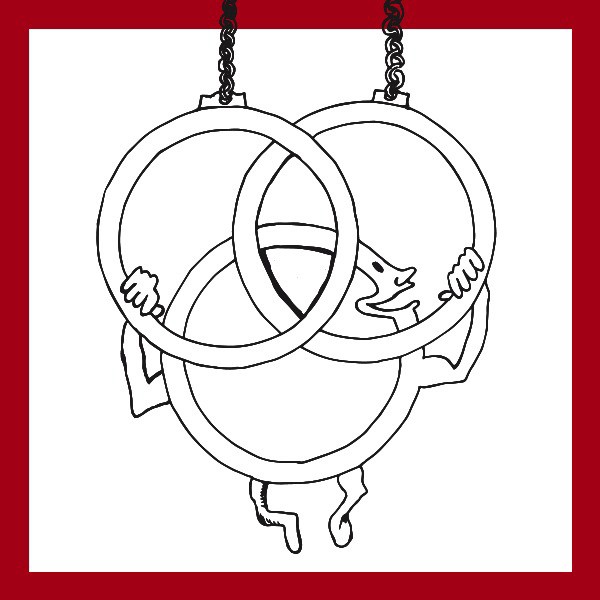The Beauty of Math Patterns: Exploring Mathematical Sequences
Explore the fascinating world of math patterns, from Fibonacci sequences to fractals. Read our blog to learn more.

Q: What number comes right before 1,000?
A: While we may be first inclined to say “999,” there is actually no answer to this question! This is because fractions and decimals can get ever so close to 1,000 without equaling 1,000: 999 ½, 999 999/1000, 999.99999999999999999999…, etc.
Q: City B is 100 miles from City A. City C is 25 miles from City B.
What is the maximum distance between City A and City C? The minimum distance?
What does a drawing of the possible positions of City C look like?
A: To understand this problem, it helps if you visualize the cities as points on a line.
As the distance from City C to City B is less than the distance from City A to City B, we can determine that either City C is between City A and City B (ACB) or City B is in between Cities A and C (ABC). That said, the maximum distance between City A and City C is the distance between City A and B (100 miles) plus the distance between City B and City C (25 miles). 100 + 25 = 125 miles
The minimum distance can be found when we situate City C between City A and City B. It is equal to the distance between City A and City B (100 miles) minus the distance between City B and City C (25 miles). 100 – 25 = 75 miles
To visualize the possible positions of City C, think of a circle. If City B is the circle’s center point, then City C can be located anywhere along the circle’s circumference. Therefore, the distance between City B and City C is the circle’s radius. A circle can have an infinite number of radii. As we can’t draw “an infinite number of radii,” the possible positions of City C (relative to City B) can be expressed as a circle with all the possible radii you can draw.


Mathnasium meets your child where they are and helps them with the customized program they need, for any level of mathematics.
